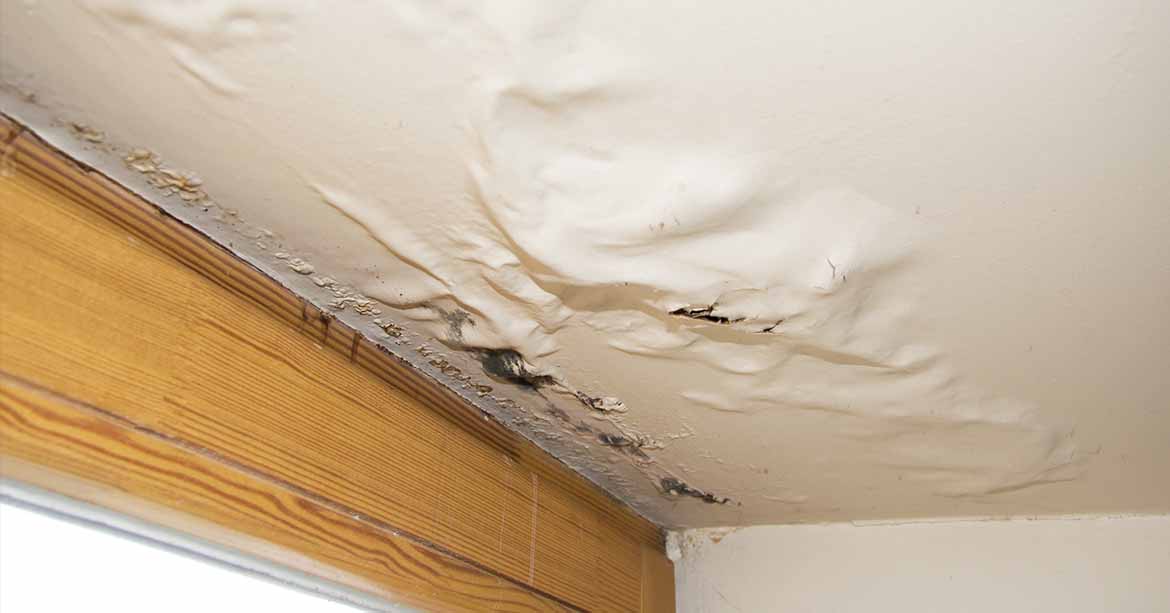Top Tips For Inspecting Residential Water Damage
Water damage is no trivial matter. Some of the most common causes of water damage include leaking appliances and burst pipes. Most carpets have absorbent materials that allow mold to grow (if not dried up in time) and may make it challenging to repair or restore it to its original state. Water damage can also affect the structural integrity of the house and cause major losses when repairing the damaged parts. Therefore, it is important to check for water damage early to avoid such unnecessary financial burdens. Below are some of the methods you can use to detect signs of water damage in your house.
Inspect the Exterior of the House
The exterior of your house can tell you so much about the general ‘health’ of your home. Pools of still water can be an indication of poor drainage in your yard, leaky rain gutters, or your gutter sprouts are not transporting water as far as they are required to. Another way of inspecting water damage on the exterior parts of your house could involve checking your roof for cracks, broken flashing, or missing shingles.
Inspect Your Floor
Water damage manifests in all kinds of flooring, from tiles and hardwood to carpets of different designs. This type of damage is particularly detrimental to floors since it can lead you to replace your entire flooring system simply because the damage might be irreversible. While inspecting floors made of wood or tiles, it is important to check for warped, cracked, or buckling flooring. For carpets, inspecting for water damage should include checking for gradual rises, soft, and damp spots, as well as the smell of dampness or growth of mold. If your carpet has been damaged by water, it can be restored by professional carpet restoration experts who will return your carpet to proper condition.
Look Out For Rust and Mold
While checking for rust, it is important to inspect your water heater and check whether your tank has rust, which could be an indication of leakage. Growth of mold could mean that there is moisture around the invisible spots in your home. Mold poses a serious health risk to people living in the affected household and it can cause serious respiration issues among other health problems. In addition, corrosion around pipes could mean there is possible water seepage and the pipes might need to be replaced to avoid contaminating the water supply.
Check for Stains
Stains are an obvious indication of the presence of water. Stains are one of the most common types of water damages, including stains on the walls, ceilings, as well as around the bathtub and sink. Areas that appear raised or cracks on a dry wall are also indicators of water damage. It is important that you address these issues before they get out of hand. Peeling paint is another indicator of water damage and in most cases, it means that the dry wall has gotten saturated and the paint has lost its adhesion.


0 Comment